I'm testing a voltage controlled amplifier circuit in a simulator. The circuit is powered by a single 9V supply, so a "virtual ground" equal to 1/2 VCC is used. I have a question about the output of this circuit.
Due to the virtual ground, the output is offset by 4.5 V. I can only remove this offset using a filter from a capacitor and a resistor to ground. But some other single-supply circuits that I'm looking into have just a capacitor at the output, no resistor to ground. I tried this connection, but one capacitor does not remove the offset. Is this really true, or is this a simulator bug? Maybe it's not necessary at all?
